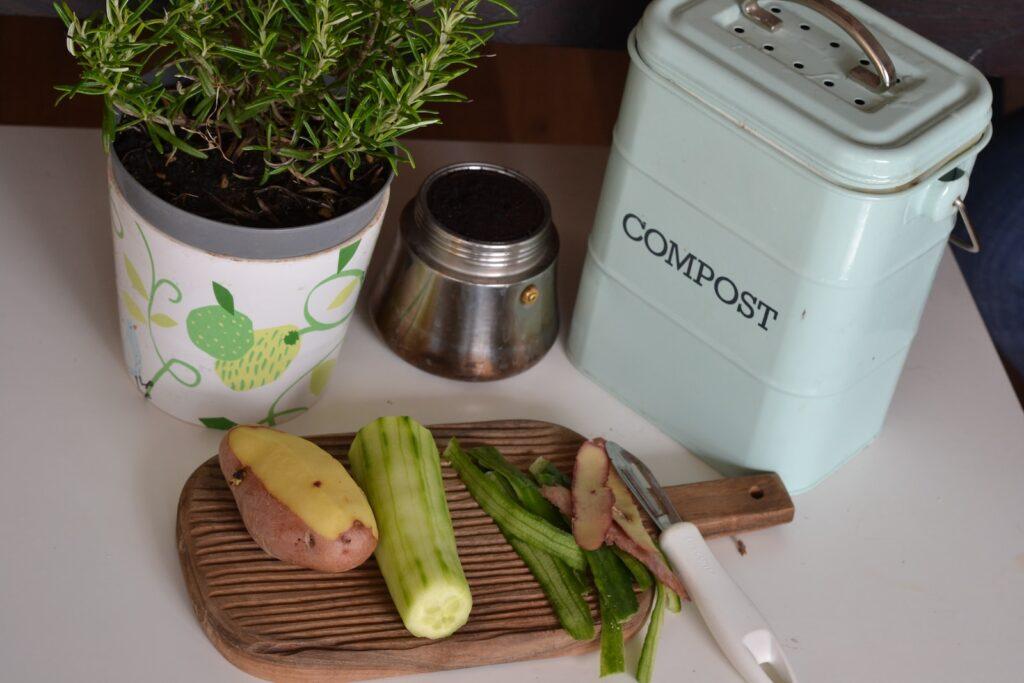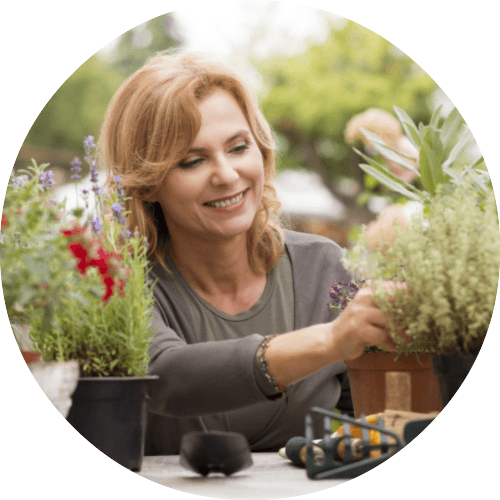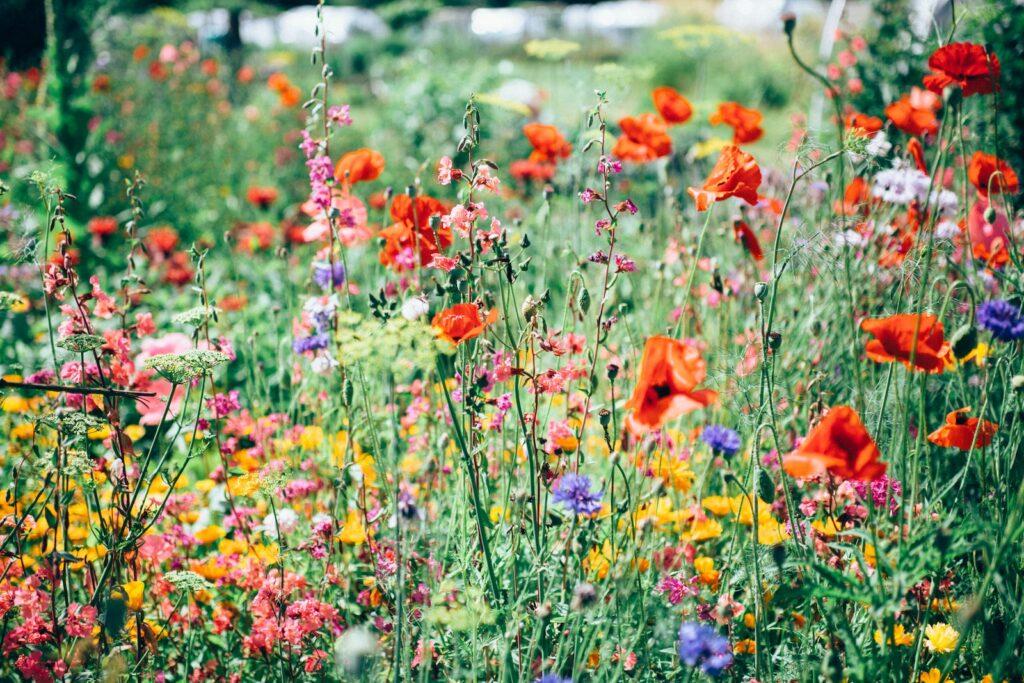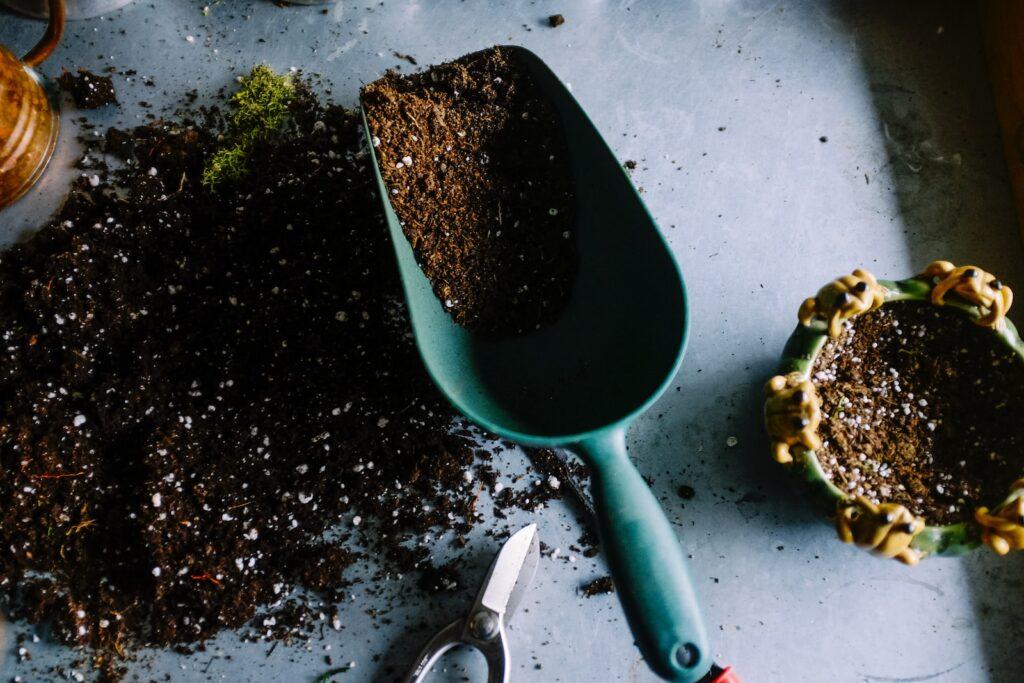Rated & Reviewed is reader-supported. When you buy through links on our site, we may earn an affiliate commission. Learn more.
Are you looking for a way to reduce your carbon footprint and save money on gardening supplies? Starting a home composting operation is an easy and effective way to achieve both of these goals. In this beginner’s guide, we’ll provide you with a step-by-step guide to start composting at home. We’ll cover topics like bin selection, materials, and maintenance, and provide tips for troubleshooting common issues.

Benefits of Composting
Before we dive into the nitty-gritty of composting, let’s take a moment to discuss why it’s such an important practice. Composting is a process of breaking down organic matter, like food scraps and yard waste, into a nutrient-rich soil amendment. Here are a few benefits of composting:
- Reduce Waste: Composting diverts organic waste from landfills, reducing greenhouse gas emissions and extending the life of landfills.
- Improve Soil Health: Compost is rich in nutrients and beneficial microorganisms that improve soil health and promote plant growth.
- Save Money: Composting can save you money on gardening supplies, like fertilizers and soil amendments.
Now that we’ve established the benefits of composting let’s get started!
Getting Started with Home Composting
Selecting the Right Composting Method
There are several different methods of composting, including traditional composting, vermicomposting, and bokashi composting. Traditional composting involves layering organic materials in a bin and allowing them to break down over time. Vermicomposting uses worms to break down organic matter, while bokashi composting relies on a fermentation process. Consider your lifestyle, available space, and desired outcomes when selecting the right method for you.
Choosing the Right Composting Bin
When it comes to composting bins, there are several factors to consider, including size, material, and cost. You can purchase a composting bin or make your own. If you’re handy, you can build a bin using materials like wood pallets or cinder blocks. Alternatively, you can purchase a bin made of plastic or wire mesh. Consider the size of your bin, ensuring it’s large enough to accommodate your organic waste.
Gathering Materials
Successful composting requires a mix of “browns” and “greens.” Browns include materials like dried leaves, wood chips, and shredded paper, while greens include things like vegetable scraps, grass clippings, and coffee grounds. You’ll also need water to keep your compost moist. Aim for a ratio of three parts browns to one part greens.
Setting Up Your Composting Bin
Once you’ve gathered your materials, it’s time to set up your composting bin. Start by adding a layer of browns, followed by a layer of greens. Water each layer as you go. Repeat this process until your bin is full, then mix the materials together. Place a lid on your bin to keep pests out.
Maintaining Your Composting Operation
Starting a composting operation is just the first step. To ensure success, you’ll need to maintain your compost pile. Here are a few tips to help you along the way:
Turning Your Compost
Composting requires oxygen to break down organic matter. Turning your compost pile regularly helps to aerate the materials and speed up the decomposition process. Use a pitchfork or a compost turning tool to mix up the materials in your bin. Aim to turn your compost every two to three weeks.
Monitoring Moisture Levels
Composting requires moisture to thrive. If your compost pile is too dry, it won’t break down properly. If it’s too wet, it will start to smell and attract pests. Monitor the moisture levels in your compost pile regularly, adding water as needed. Your compost pile should feel like a damp sponge.
Managing Temperature
Composting generates heat as organic matter breaks down. Your compost pile should reach a temperature of 130-140°F to kill off pathogens and weed seeds. If your compost pile isn’t heating up, it may be too dry or too small. If it’s too hot, add more browns to cool it down.
Troubleshooting Common Issues
Composting can be a finicky process, and you may encounter some common issues along the way. Here are a few tips for troubleshooting:
- Bad Odors: Compost should have a earthy smell. If your compost smells bad, it may be too wet or not getting enough air. Mix up the materials in your bin and add more browns to balance the moisture levels.
- Pests: If your compost bin is attracting pests, try adding some diatomaceous earth or crushed eggshells to the top of your pile. This will deter pests like slugs and snails.
- Slow Composting: If your compost pile isn’t breaking down as quickly as you’d like, try adding more greens to your bin. You can also chop up your materials into smaller pieces to speed up the decomposition process.
Using Your Compost
Once your compost is ready, it’s time to put it to use! Compost can be used in a variety of ways, including in gardening and landscaping. Here are a few tips for using your compost:
- Gardening: Mix your compost into your soil to improve soil health and promote plant growth. Aim for a ratio of one part compost to two parts soil.
- Landscaping: Use your compost as a mulch to suppress weeds and retain moisture in your garden. Spread a layer of compost around the base of your plants.
Related Articles
Composting at Home FAQs
Is it okay to compost meat and dairy?
While it’s possible to compost meat and dairy, it’s not recommended. These items can attract pests and emit an unpleasant odor. Stick to composting plant-based materials.
How often should I turn my compost?
You should aim to turn your compost every two to three weeks. This helps to aerate the materials and speed up the decomposition process.
How long does it take to make compost?
The time it takes to make compost depends on a variety of factors, including the size of your bin and the materials you’re composting. In general, it takes 3-6 months to make compost.
Can I compost pet waste?
No, you should not compost pet waste. Pet waste can contain harmful pathogens that can contaminate your compost and your soil.
Conclusion
Composting is an easy and effective way to reduce your carbon footprint and save money on gardening supplies. With a little knowledge and effort, you can start your own composting operation at home. Remember to select the right composting method and bin for your needs, gather your materials, and maintain your compost pile. With a little patience, you’ll soon have nutrient-rich compost to use in your garden and landscaping. Happy composting!
Amazon and the Amazon logo are trademarks of Amazon.com, Inc, or its affiliates.


